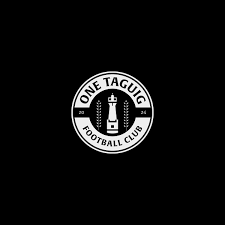
Udinese
Udinese is more than just a football club; it’s a beacon of passion, pride, and history in Italian football. Founded in 1896, Udinese has carved its niche in Serie A and continues to be a major player in Italian football, with a rich tapestry of achievements that reflect not only their sporting prowess but also the deep connection with their community. This blog post will take an expansive look at the illustrious journey of Udinese FC through its history, milestones, current performance, cultural significance, and future prospects nohu.
Overview of Udinese FC
Udinese Calcio, often referred to simply as Udinese, is a professional football club based in Udine, Friuli-Venezia Giulia, Italy. The team’s colors are black and white, which have earned them the nickname “Le Zebrette,” or “The Little Zebras.” Their home matches are played at the Dacia Arena, a stadium that resonates with fervent support from loyal fans.
The identity of Udinese is deeply intertwined with the local culture and the passion of its supporters. Since its foundation, the club has undergone several transformations, adapting to changes in Italian football while maintaining its commitment to excellence on the pitch. This unwavering dedication has allowed Udinese to establish itself as a formidable force within Serie A.
History and Foundation
The inception of Udinese FC dates back to the late 19th century. Originally formed by a group of young enthusiasts, the club’s early years were filled with struggles typical of fledgling teams. However, the passion for football in Udine was palpable, leading to growth both in terms of players and supporters.
In the early 1900s, Udinese started participating in regional leagues, slowly gaining recognition. By 1923, they entered Serie A, marking a significant milestone in the club’s journey. The post-World War II era saw a resurgence as the club began to build competitive squads and steadily climb the ranks of Italian football.
The 1950s and 1960s marked a golden era for Udinese, where they captured their first Coppa Italia title in 1922 and established themselves as a regular contender in Serie A. This period solidified their reputation and set the stage for future successes.
Evolution Through Decades
As football evolved, so did Udinese. The club has experienced highs and lows—seasons of European competition followed by battles against relegation—but each phase contributed to a unique identity.
During the 1980s, Udinese faced challenges that tested their resolve. Yet, the club bounced back in the late ’90s and early 2000s, achieving remarkable success with international appearances, including UEFA Champions League qualifications. This transformation can be attributed to astute management and strategic player acquisitions that enhanced the team’s competitive edge.
Resilience in Adversity
Udinese‘s resilience is a defining characteristic. Despite facing financial strains and intense competition, the club has maintained a spirit of perseverance, ensuring that they remain competitive in Serie A. This tenacity resonates with the fan base, who have consistently supported the club during difficult times.



